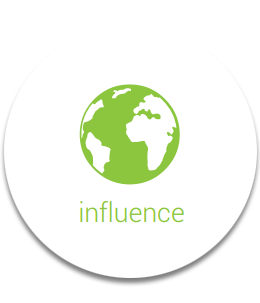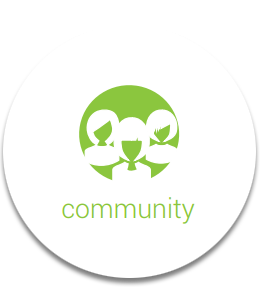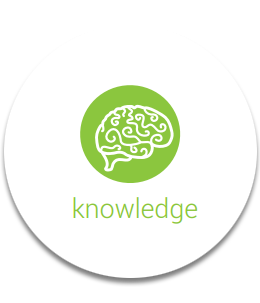Key Dates
-
June 2, 2016
Early Registration & Hotel Reservations Open -
September 6, 2016
Early Registration Deadline -
September 7, 2016
Regular Registration Opens -
September 20, 2016
Housing Deadline -
October 4, 2016
Regular Registration Deadline -
October 20, 2016
– October 22, 2016
WSDS in Charlotte, NC -
February 16, 2016
– March 24, 2016
Speed Abstract Submission
Attend
Participate in Program
Poster Presentation Tips
Electronic poster (e-poster) presentations are similar to traditional poster presentations, but presented on a large computer screen. The ASA uses 42" LCD displays in the landscape position. Each e-poster presenter will be provided with a display screen and laptop for the poster session.
A well-constructed poster is self-explanatory, achieving both coverage and clarity. Your e-poster can consist of multiple slides or just one. Use the tips below as guidelines for formatting and making the most of this presentation. Save your poster to a USB key (thumb) drive and bring it with you the day of your presentation. Also, don't forget your business cards!
Formatting Tips
- Less is more. Be clear and concise with poster design and content. Overcrowding a poster makes it difficult to read.
- Use fonts that are large enough to read at a distance.
- Include the title and name(s) of the presenter(s) in a larger, bolder font than the rest of the poster.
- Provide clear labels or headings for each section of your presentation.
- Remember contrast. Put light-colored fonts on dark backgrounds and dark-colored fonts on light backgrounds so viewers can see your text clearly.
- Imbed high-quality graphics and videos.
- Avoid hyperlinks. Instead, incorporate a QR code into your presentation that will direct attendees to a website that contains more information about your poster and research.
- Sound is not permitted due to the open area in which posters are presented.
For single-slide e-posters:
- Set the page size to 36.5"W and 20.5"H.
- Use a minimum font size of 32 points.
- Don't overcrowd the slide.
- Single-slide presentation template, blank
- Single-slide presentation template with sample layout
- Single-slide presentation template with sample layout, including formatting tip text
For multiple-slide e-posters:
- Set the page setup or slide size to "On-screen show (16:9)" or 36.5"W x 20.5"H.
- Use bullet points.
- Use a minimum font size of 14 points if page setup is "On-screen show (16:9)." If slide size is set to 36.5"W x 20.5"H, use a minimum font size of 32 points.
- Use the slideshow mode to automatically change the display during the day, and then switch to the manual mode to move through the slides for your presentation.
- Avoid using too many slides. Past presenters have found that 10 slides are about right.
- Put a footer on each slide such as "Slide 1 of 6" to let viewers walking by mid-cycle know where they are in the presentation and how long they'll wait until it begins again.
- Multiple-slide presentation template, blank
- Multiple-slide presentation template with sample layout
- Multiple-slide presentation template with sample layout, including formatting tip text
Content Tips
Coverage: In addition to title/author and abstract, most successful posters provide brief statements of introduction, method, subjects, procedure, results, and conclusions. Ask yourself the following:
- Have I provided all the obvious information?
- Will a casual observer walk away understanding my major findings after a quick perusal of my material?
- Will a more careful reader learn enough to ask informed questions?
- What would I need to know if I were viewing this material for the first time?
Clarity: People attending a poster session are free to move about from poster to poster and often must view a poster from a distance, making it difficult to read excessive text and small fonts. With this in mind, we recommend you do the following:
- Use large fonts and limit text to essential information. Place your major points in the poster and have the nonessential, but interesting, sidelights for informal discussion.
- Keep content simple and communicate clearly.
- Consider whether the sequence of information is evident. Indicate the ordering of your material with numbers, letters, or arrows when necessary.
- "A picture's worth a thousand words." Imaginative use of captioned illustrations, photographs, graphs, video (without sound), or other types of visually appealing material are extremely effective at communicating during a poster presentation.
- Make your final conclusions or summary a concise statement of your most important findings.
Online Resources for Poster Creation and Templates
The following sites may provide other useful templates and tips for preparing your e-poster:
- http://www.siam.org/meetings/guidelines/poster.php
- http://gradschool.unc.edu/student/postertips.html
- http://www.makesigns.com/tutorials/
- http://www.postersession.com/templates.php
- http://gradschool.unc.edu/student/postertips.html#powerpoint
- http://viget.com/flourish/14-tips-for-better-presentation-slides


